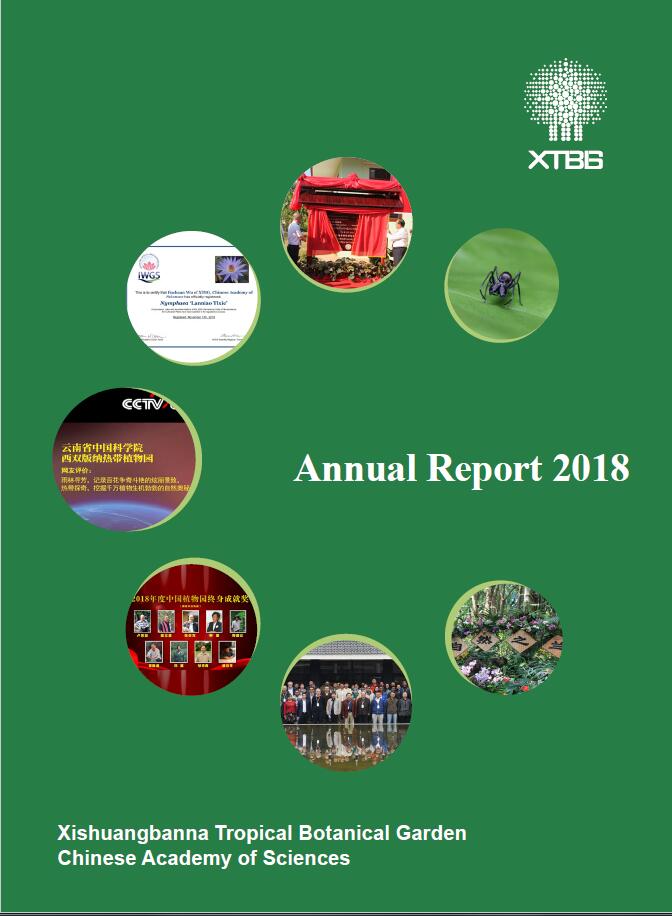The year 2018 witnessed sound development of Xishuangbanna Tropical Botanical Garden (XTBG). It made progress in scientific research, species conservation, science communication, landscape improvement, fund applications, etc. It has made breakthrough in getting research results published in top journal Science.
In 2018, XTBG receives RMB 152 million Yuan in research funds from 98 new projects, got 249 research articles published in internationally peer-reviewed scientific journals, 3 monographs published, and 1 new waterlily cultivar, Nymphaea ‘Lanniao Tixie’ officially registered by IWGS.
Many popular science activities were organized, increasing public awareness of science and conservation. A total of 2,181 species were collected in 2018, making the total number of species reach 13,522.
Many important research results have been published in top journals like Science, Trends in Ecology & Evolution, Ecology Letters, Nature Communications, etc.
XTBG organized the Session“Biodiversity and Conservation” of the Alliance of International Science Organizations (ANSO) in the Belt and Road Region. The meeting called for integration of individual and collective capabilities to facilitate long-term, multi-disciplinary inventories of biodiversity in Belt and Road Countries, and to enhance capacity for undertaking biodiversity research and conservation. It also released Recommendations on Biodiversity Conservation in the Belt and Road Countries from the meeting.
The Program Office of the CAS Southeast Asia Biodiversity Research Institute (CAS-SEABRI) was officially opened in October 2018, which enables CAS to work more closely with Lao PDR to carry out cooperation in the fields of biodiversity research, natural resources conservation and ecosystem management.
In 2018, an article entitled “Prolonged milk provisioning in a jumping spider” by XTBG researchers Quan Ruichang, Chen Zhanqi and their colleagues was published in the November 30 issue of prestigious journal Science. The newly identified and peculiar behavior of the spiders hints at the possibility that long-term milk-provisioning by mothers may be more common in the animal kingdom than previously believed.
XTBG has also forged partnership with institutions from both home and abroad, including Discover Life in America (DLA), University of Phayao, Hirosaki University, Lanzhou University, etc.
To learn more and have a better understanding on the development of XTBG over the past year, please refer to our Annual Report 2018.

Annual Report 2018

